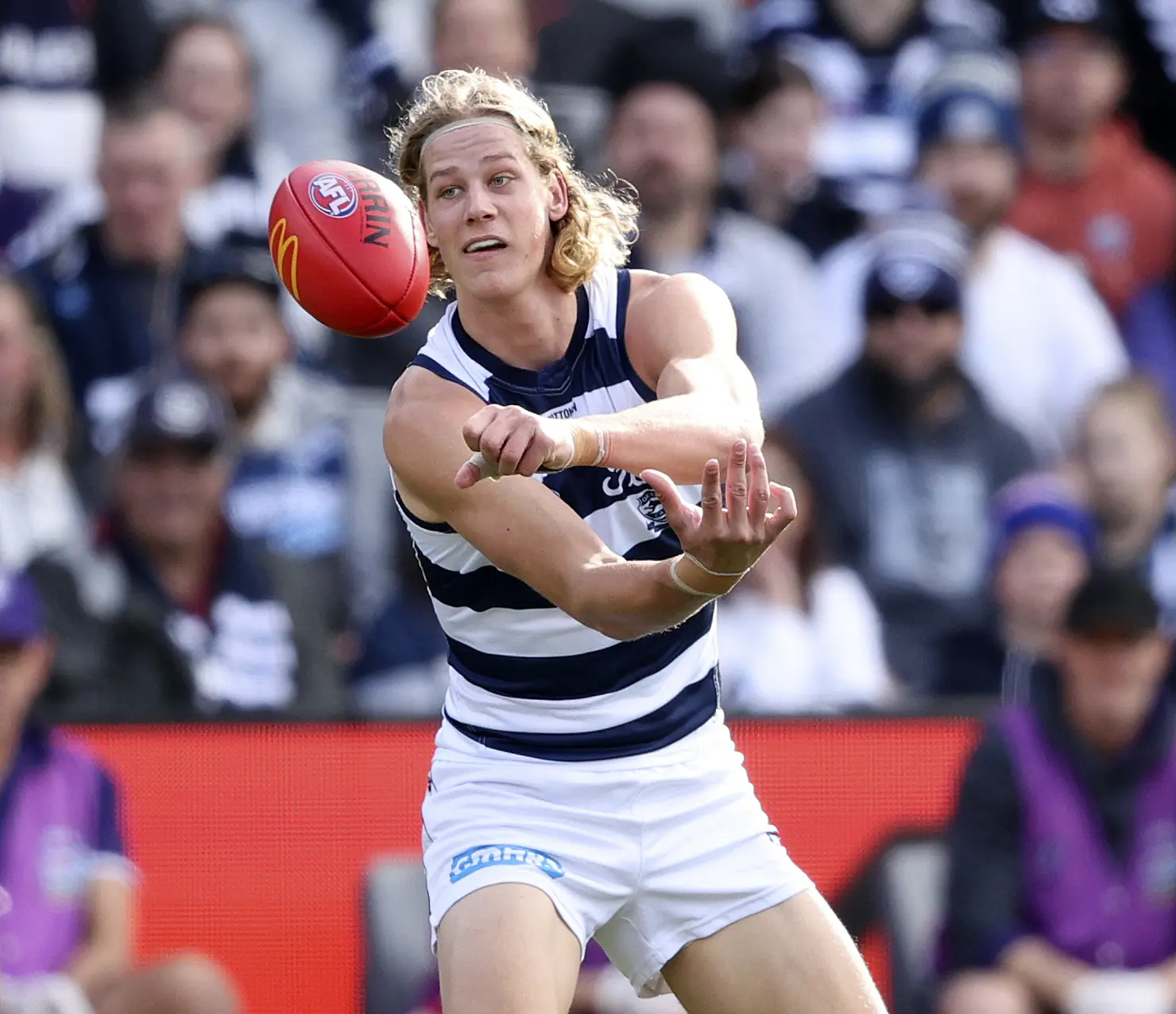Glorifying the AFL's ball-winners and goalkickers is commonplace across the footballing landscape, but as the age-old adage goes: 'defence wins premierships'.
The club that holds the silverware aloft at the end of a season typically boasts a backline consisting of immovable key defenders, eagle-eyed interceptors and attack-minded flankers.
Last year's grand finalists, for example, each possessed stingy, impregnable defensive units, comprising stars such as Darcy Moore, Harris Andrews, Brayden Maynard, Brandon Starcevich, Isaac Quaynor and Keidean Coleman, among others.
So, taking into account last year's performance, current personnel and injuries, where does each club's defence rank as we prepare to embark on the 2024 season?
We've ranked every AFL club's backline from worst to first. Here's 12 through 7.
PART I: BACKLINE RANKINGS 18-13
3. 10th - Geelong
Core personnel: Tom Stewart, Sam De Koning, Jack Henry, Zach Guthrie, Jake Kolodjashnij, Mitch Duncan, Mark O'Connor, Jed Bews, Jack Bowes
Tom Stewart and Jack Henry, aided by burgeoning pair Sam De Koning and Zach Guthrie, will hold the Cats in fine stead going forward.
The 2022 premiers can rely on a number of flexible field options as part of Chris Scott's rearguard, with All-Australian Mark Blicavs able to drift across all three lines while Henry is a viable swingman and aerial threat at either end.
They have solid ground-ball defenders in Jed Bews, Mark O'Connor and veteran Zach Tuohy, while senior midfielder Mitch Duncan and second-year Cat Jack Bowes can both drift into the defensive third to give their side the need depth.

However, it wasn't smooth sailing for Geelong defensively last year. The Cats ranked second-worst last season in conceding shots at goal per inside 50, allowing an attempt at the big sticks 50.4 per cent of times the ball went inside; a figure that rated marginally better than West Coast's 56.4.







10th best backline in the AFL ?! lol
Lot of people eating their hats over the Cats this year